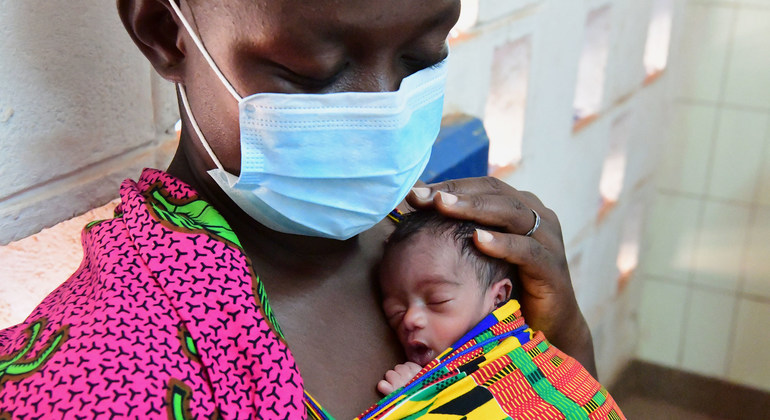WHO’s latest World Health Statistics reveal that low-income countries reported the biggest gains in life expectancy, which rose by 11 years between 2000 and 2016.
Other achievements during this period include a dramatic scale-up in access to services to prevent and treat HIV, malaria and tuberculosis. Child mortality was also halved thanks to better maternal and child healthcare.
However, WHO chief Tedros Adhanom Ghebreyesus warned that the COVID-19 pandemic could further thwart progress.
“The new statistics shine a light on one of the key drivers of this pandemic: inequality”, he said during the agency’s latest update on the crisis.
Tedros reported that more than one billion people worldwide spend at least 10 per cent of their household budgets on healthcare, while more than 55 percent of countries have fewer than 40 nursing and midwifery personnel, per 10,000 people.
“The COVID-19 pandemic is causing a significant loss of life, disrupting livelihoods, and threatening to undo much of the progress we have made”, he said.
“While the coronavirus is an unprecedented shock to the world; through national unity and global solidarity, we can save both lives and livelihoods and ensure that other health services for neglected diseases, child vaccination, HIV, TB and malaria continue to both function and improve.”
Tackling an ‘unfortunate phenomenon’
WHO also highlighted the challenge of preventing COVID-19 deaths in long-term care facilities: an “unfortunate phenomenon” that has occurred across the world, according to the agency’s Executive Director.
Dr. Michael Ryan said residents are vulnerable to the respiratory disease because they tend to be older, and many have underlying health conditions.
He added that there already is a “long list” of countries where more than half of all COVID-19 cases were found in these settings.
“I think this is something that’s going to have be dealt with as countries now emerge from the high incidence phase”, he said.
“Not only is it a tragedy that this disease is occurring and killing so many people in those facilities. If that disease remains in those facilities, it will come back out into communities through the workers who work there and families who visit.”
Dr. Ryan also explained that long-term care facilities are not like hospitals as settings vary around the world.
Some can have “many, many” residents who are served by a relatively small number of staff. Furthermore, these workers may or may not have been fully trained in areas such as healthcare provision or infection prevention and control.
Dr. Ryan called for continued vigilance against COVID-19 but also action to protect older citizens in long-term care facilities, citing the example of hospitals “twinning” with these institutions to support infection prevention and control, diagnostics and rapid testing.


